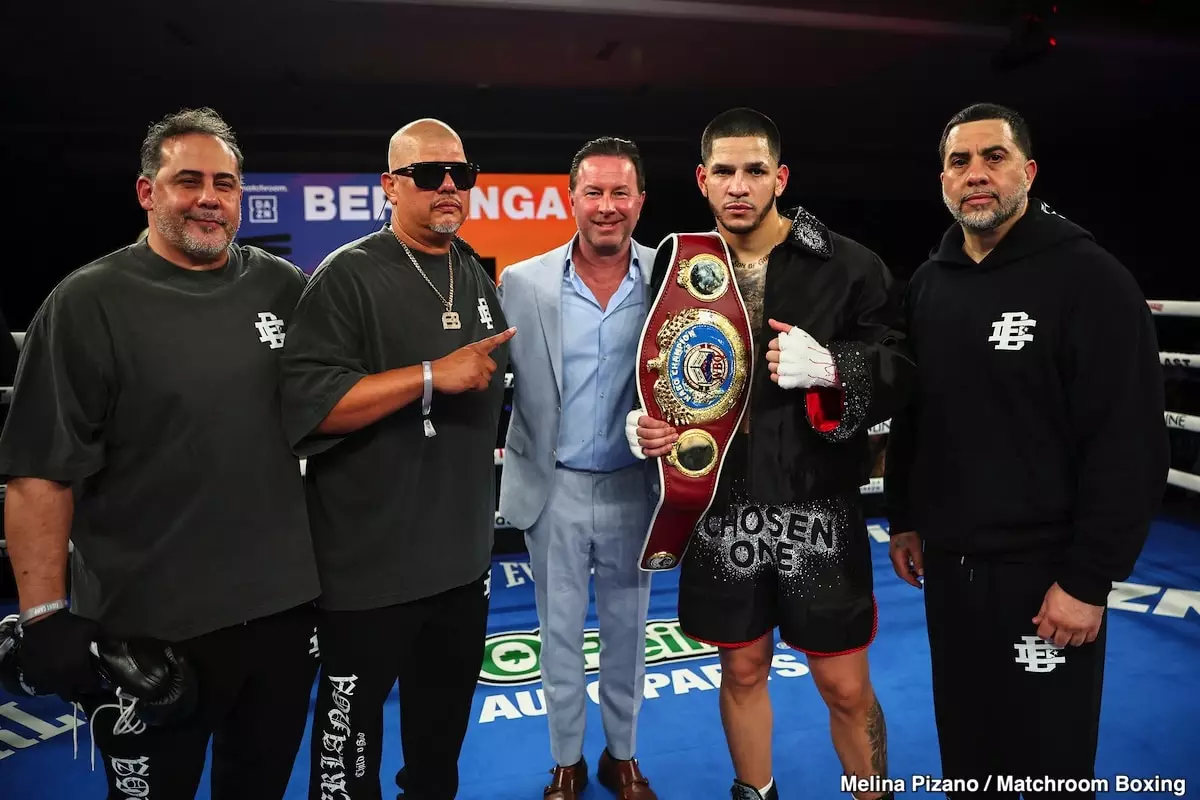In a surprising move, Ring Magazine has unveiled plans for a dual feature fight night in New York City on July 12, featuring Edgar Berlanga versus Hamzah Sheeraz and Shakur Stevenson against William Zepeda. The intriguing aspect of this event lies in the conflicting categorization; while Stevenson-Zepeda is positioned as the main event for the week leading up to the fight, the spotlight on fight night will shift to Berlanga and Sheeraz, a choice that raises eyebrows among boxing aficionados. This decision disrupts the traditional fight hierarchy and leaves fans scratching their heads about what to expect.
Disappointment in the Ring
Critics may rightly question the logic behind elevating Berlanga and Sheeraz to the main stage. With records that lack significant wins and a reputation that suggests they are products of marketing rather than true boxing prowess, their matchup fails to draw genuine excitement from the fan base. Berlanga, holding a record of 23-1 with 18 KOs, and Sheeraz, boasting an undefeated slate of 21-0-1 with 17 KOs, might have numbers that seem impressive, but their pathways to this point indicate a lack of substantial competition. Many will argue that the boxing community deserves more from a main event—a pairing that resonates with talent and competition, rather than one rooted in commercialization and hype.
Marketing Tactics Over Boxing Integrity
By labeling both bouts as co-main events yet promoting Berlanga-Sheeraz as the headliner, Ring Magazine appears to be employing an unconventional marketing strategy that could backfire. Treating the Stevenson-Zepeda fight as the centerpiece during the lead-up is likely an effort to create buzz and consumer interest for the entire card. However, what happens on fight night when fans tuned in for a spectacle are met with a matchup that seems less than appealing? For many boxing purists, this strategy resembles a sleight of hand—a way to bait consumers without delivering on the anticipated excitement.
Fan Reaction and Future Implications
The potential fallout from this bewildering arrangement may lead to disillusionment among hardcore fans. A mismatch of expectations versus reality could foster resentment, especially for those hoping to witness high-caliber bouts. Promoters risk damaging their credibility if they prioritize perceived marketability over the quality of the fighters featured. As the sport evolves, the boxing community must balance attracting new viewership with maintaining standards that resonate with established fans. Should the preference for drawing power over boxing skill continue, it may spur fans to disengage from events that do not meet their standards for competition.
The Path Forward: Prioritizing Quality
Boxing entities must recognize the importance of integrity in the sport. The fans who fervently support the fighters and events deserve more than just clever marketing ploys. They crave authenticity—competitive fights that display genuine talent instead of heavily curated matchups. As the industry stands at a crossroads, the UFC’s commitment to putting on worthwhile bouts should serve as a template for boxing opt to prioritize quality over quantity. The success of the July 12 event will serve as a bellwether for how future promotions might navigate the complexities of audience engagement and fighter respectability in an increasingly competitive landscape.


Leave a Reply